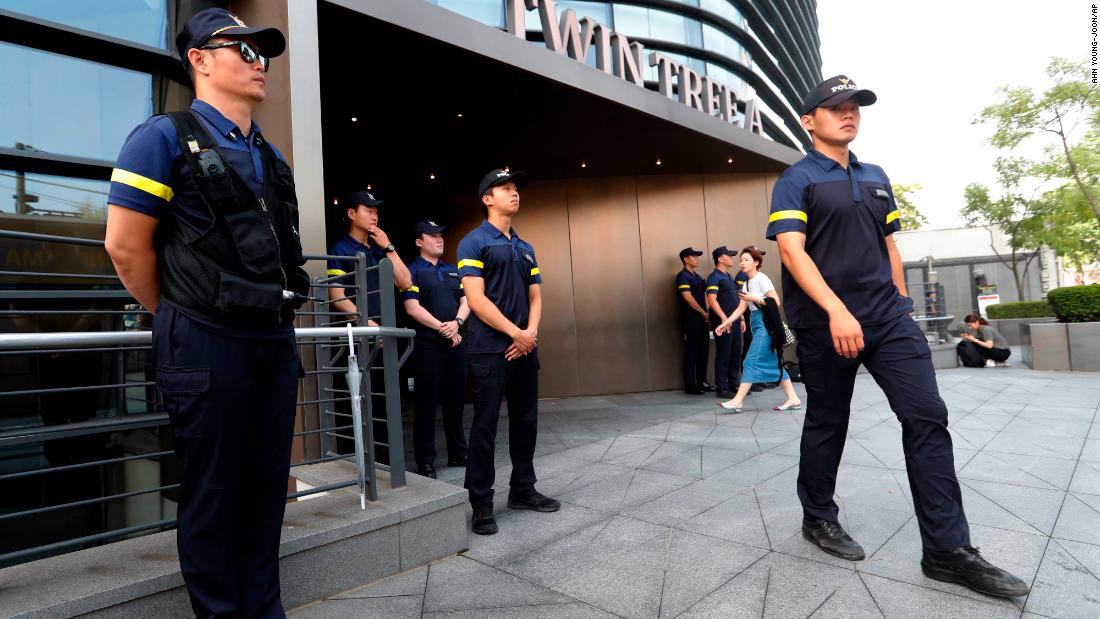A man apprehended over a deadly arson attack on a Kyoto Animation Co. studio has a criminal record and has repeatedly caused trouble for his neighbors, according to investigative sources and people who know him.
The man, identified by police as 41-year-old Shinji Aoba, was seen screaming "Die!" as he entered the studio building Thursday and splashed gasoline around before starting a blaze that killed 33 people, according to the police. Knives and a hammer were also recovered from the scene.
While his motive is not yet clear, he told the police he started the fire because the company "stole a novel," claiming his ideas had been plagiarized, the investigative sources said.

Aoba's driver's license shows him as a resident of Saitama, north of Tokyo. It is considered rare for the police to disclose the identity of an apprehended person who has not yet been formally arrested.
Related coverage:
Most victims of Kyoto Animation fire found on stairs to rooftop
"your name." director vows not to flinch after arson at Kyoto studio
Man held over Kyoto anime studio attack admits to using gasoline
Aoba was arrested for robbing a convenience store in June 2012, according to the sources. He was sentenced to three and a half years in prison for stealing 20,000 yen ($186). He was living in the eastern Japan city of Joso at the time.
He was released from prison in January 2016. He then lived in a rehabilitation facility in Saitama for several months before moving to an apartment for single people in the city three years ago, they said.

Aoba often caused trouble for his neighbors, according to nearby residents.
A 27-year-old man who lives next door to him said Aoba once falsely accused him of making a noise, grabbing him by his collar and hair and threatening to hurt him.
A woman in her 40s in the neighborhood said the police were called in August last year when Aoba was listening to music at a very loud volume late at night.
As he refused to open the door, the police entered his apartment from the balcony, and an ambulance was later called, she said.
Aoba is being treated in hospital for burns on his face, chest and other parts of his body, and the police plan to question him thoroughly after he recovers.
https://english.kyodonews.net/news/2019/07/472c0398b5c5-update2-kyoto-studio-arsonist-repeatedly-caused-trouble-for-neighbors.html
2019-07-19 11:58:55Z
52780334975248

